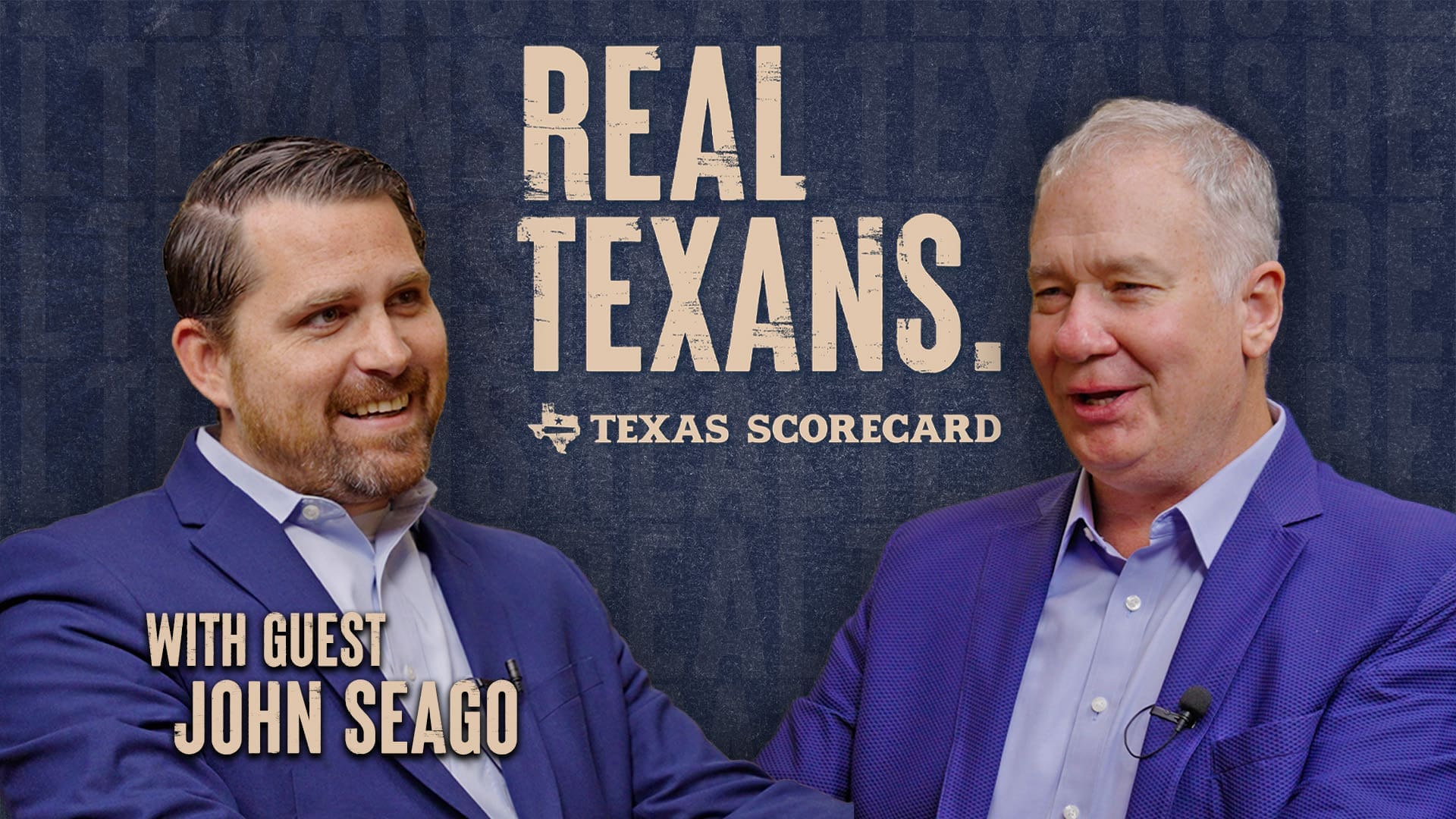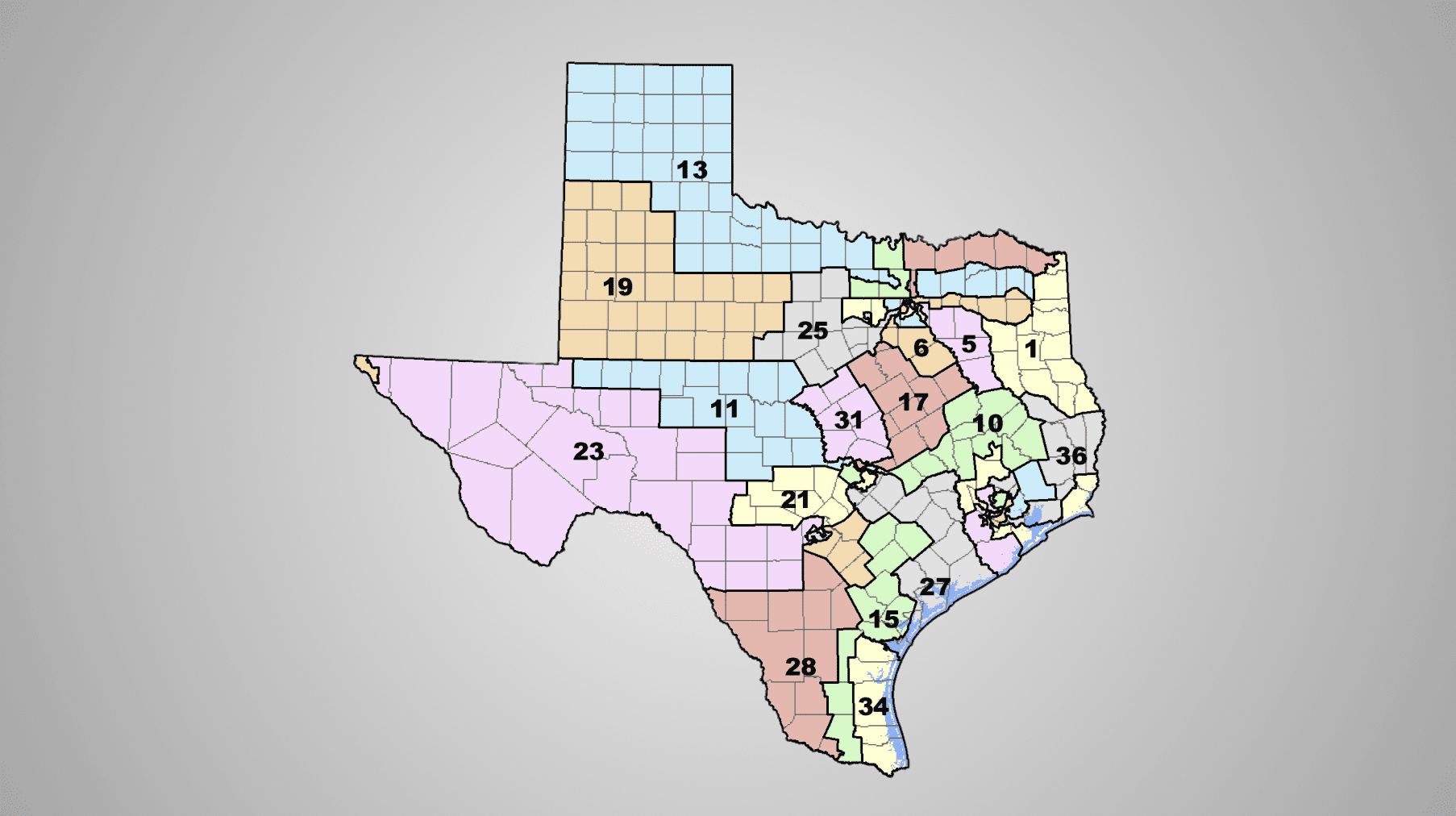Six-term Texas Rep. Pete Olson (R-Sugar Land) announced yesterday that he will not seek re-election next year, bringing the House open seat total to an even dozen and leaving what appears to be a competitive race in his wake.
Over the years, the 22nd District has had a colorful history. Originally crafted as a swing district in the 70s, Ron Paul first won it in a 1976 special election before losing it in the regular election later that year. He would return to win the district back in 1978 and then hold it for three terms before running unsuccessfully for the Senate.
Succeeding Dr. Paul was then-State Rep. Tom DeLay (R), who would win 11 elections in the congressional district and rose through leadership to become majority whip and majority leader.
Leaving mid-term in 2006, the Republicans were barred from replacing Mr. DeLay on the ballot which led to then-Houston City Councilwoman Shelley Sekula-Gibbs (R) running as a write-in candidate and losing to Democrat former Rep. Nick Lampson. Two years earlier, Mr. Lampson had lost his Beaumont anchored district. Republicans reclaimed the seat two years later in the person of the current incumbent, Pete Olson.
Mr. Olson issued the following statement explaining his decision: “As someone who has long advocated for policies that put our families first, it’s time for me to take my own advice and be a more consistent presence to help our family. To that end, while I will complete my term in the 116th Congress, I will not be seeking re-election.”
This district’s story now revolves around its rapidly changing demographics. Growth has been huge in the political region that lies south of Houston and encompasses three quarters of Ft. Bend County, half of Brazoria County, and a small piece of Harris County. According to the latest publicly available U.S. Census estimates, the CD now has over 897,000 residents, close to 200,000 more than it hosted when originally drawn in the 2011 redistricting plan. It is growth patterns like these that will lead to Texas being awarded three or even four new congressional seats in the next reapportionment; this, on top of the four new seats the state earned in the 2010 apportionment.
The demographic changes largely explain the tightening political situation. After Rep. Olson recorded an average re-election percentage of 66 in his second, third, and fourth terms, his win percentage dropped to 59.5 percent in 2016 and then a 51-46 percent margin last year.
His 2018 opponent, former foreign service officer Sri Preston Kulkarni (D), spent over $1.5 million on his campaign effort making this campaign the closest congressional race the 22nd has seen in more than a decade. Mr. Kulkarni had already announced that he is returning for a 2020 campaign and raised over $420,000 for the new campaign with $345,421 in the bank as reported on his June 30th Federal Election Commission disclosure filing.
Today, this district is racially diverse and features significant numbers in each segment. Just under 58 percent of the population is now non-white: 25.5 percent Hispanic, 19.2 percent Asian, and 13.2 percent African American. The non-Hispanic white percentage is 35.7, with 6.4 percent in “other” categories.
With the Olson retirement, the 22nd District moves from the strong challenger category to a top national target for both parties. Democratic spokesmen are indicating that other Texas Republican incumbents will soon follow Rep. Olson’s lead and not seek re-election, while National Republican Congressional Committee chairman Tom Emmer (R-MN), in thanking Rep. Olson for his service to the district, laid out what will clearly be a set of Republican talking points for the coming campaign. Rep. Emmer said, “Whoever the socialist Democrats nominate will be forced to defend their party’s radical agenda of socialized medicine and killing oil and gas jobs with the Green New Deal in a solid Republican district.”
Though the district is less Republican than in the past, the voter history still suggests that the eventual GOP nominee should be at least a slight favorite to hold the seat. President Trump won here 52-44 percent in 2016, following a 62-37 percent Mitt Romney victory in 2012.
While the Democrats already have three candidates, two are of lesser political standing than Mr. Kulkarni, and the Republican field now must formulate from scratch. Outgoing Ft. Bend County Sheriff Troy Nehls (R) is already being mentioned as a possible candidate. Several state legislators, local officials, and prominent business people will also be factors before the GOP settles on a nominee either on March 3 (primary) or May 26 (runoff). Clearly, this newly open seat will now rise to the top of each party’s Texas target list.
This is a commentary submitted and published with the author’s permission. If you wish to submit a commentary to Texas Scorecard, please submit your article to submission@texasscorecard.com.




